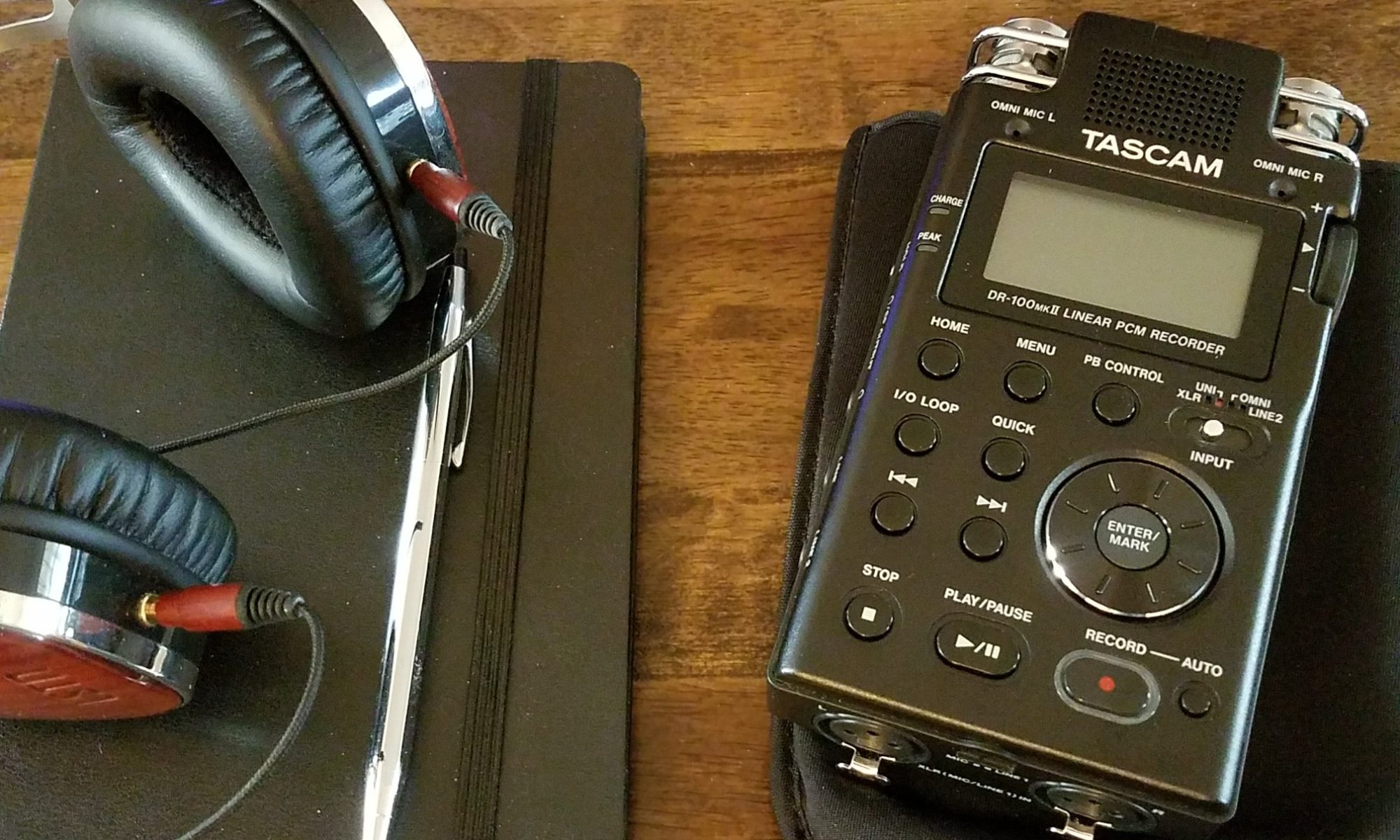The Iranian World Holocaust Foundation has called for documented proof that six million Jews were killed during World War II. The foundation was created after Iran’s controversial conference last year.
“They should hand over the proof for the dossier on the organized massacre of Jews in Europe during World War II to the independent international fact-finding committee affiliated to this foundation,” the IRNA state news agency quoted Ramin as saying.
Considering the vast number of documents that are available (the world over), it seems like this should be easily resolved with a field trip. Of course, one has to wonder what the World Holocaust Foundation will do once they do that.

Bad Arolsen. There’s all the proof they need, right there, in the Nazis’ own captured records.
Its now about two years since the Bad Arolsen archives were opened up up. Im wondering just where are all the stories confirming individual deaths due to the holocaust. I think I saw one in the media in the last year.
Yet this archive was going to be the one that finally nailed the story.
And why is not available online or to any researcher?
The first 20 million records from Bad Arolsen weren’t delivered to Jerusalem or D.C. until August of 2007, and the ITS branch of USHMM didn’t start accepting requests for information until January of this year. Even if they’d been available for two years, it’s doubtful that any media outlet would be carrying stories about what’s being unearthed, as the bulk of early requests will undoubtedly be from families of victims, searching for information on what happened to their relatives. That kind of research has been taking place every day for the last fifty (+) years and seldom gets news coverage.
As for the “final nail,” the Holocaust doesn’t need one. The International Military Tribunal (and subsequent trials) established the original numbers and validated the evidence as early as 1946, and the amount of supporting documentation has only grown since.
As for the archive’s availability, it is open (and free) to anyone who wants to use it. As USHMM states on their website:
All others interested in accessing the ITS records–scholars, authors, genealogists and other researchers–must visit the Museum in person to examine the records. Access to the ITS records, like all of the Museum’s archival material, will be free and open to the public.
They will do all the legwork for those who are looking for missing family members, but anyone wanting to do their own research has to visit the archive itself.